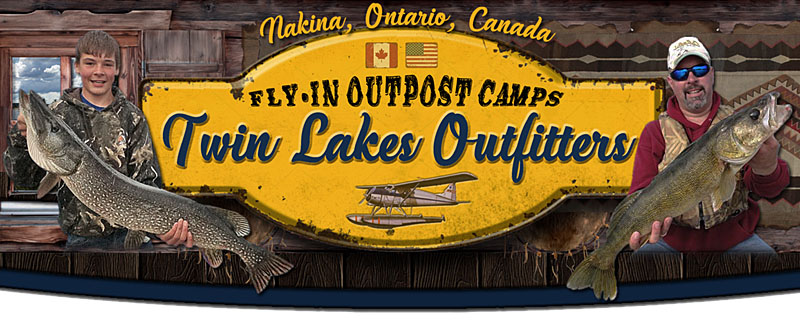



 White Sturgeon, also called the Lake Sturgeon, are found in the bigger rivers and lakes north of Nakina and can reach 150 pounds or more.
White Sturgeon, also called the Lake Sturgeon, are found in the bigger rivers and lakes north of Nakina and can reach 150 pounds or more.
Lake Sturgeon populations were classified on the Species at Risk in Ontario List in 2009 under the Endangered Species Act (ESA). They were classified as 3 distinct provincial populations. There is the North-western Ontario and the Great lakes/Upper St. Lawrence River populations where Sturgeon fishing is completely closed as these populations are listed an endangered.
The Southern Hudson Bay-James Bay population is listed as Special Concern and has an open season. Our camps are in zone 2 which is within the Southern Hudson Bay-James Bay region. Our guests are allowed to fish for Sturgeon. Fishing for Sturgeon is catch and release only and anglers can only use a single barbless hook.
Lake Sturgeon Fact Sheet (Adobe .pdf)
Lake Sturgeon Population Map
You may ask people why you would keep a Sturgeon. They are best known for their eggs for making caviar but did you know they taste fantastic. Many people say Sturgeon, when prepared correctly, taste just like lobster. Sturgeon is one of the Cree Aboriginal People's favorite food. First they gut the Sturgeon and cut the head off. Next they build a long bon fire the same length of the Sturgeon and roll the fish on the fire to burn off the tiny spikes and outer-most layer of skin. Next they cut the fish into steaks and boil for ? hour until the rest of the skin falls off and all the oils come out of the fish. Finally, they fry the Sturgeon steak in butter with a little salt. Right now it's illegal to keep a wild Sturgeon but if you ever see Sturgeon steaks at the local fish market, it's something you should try.